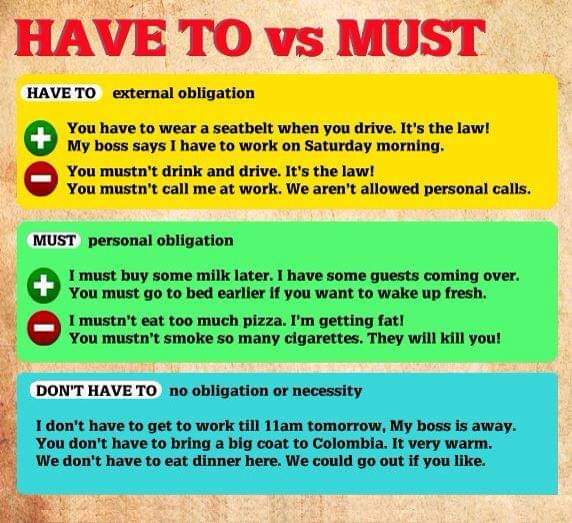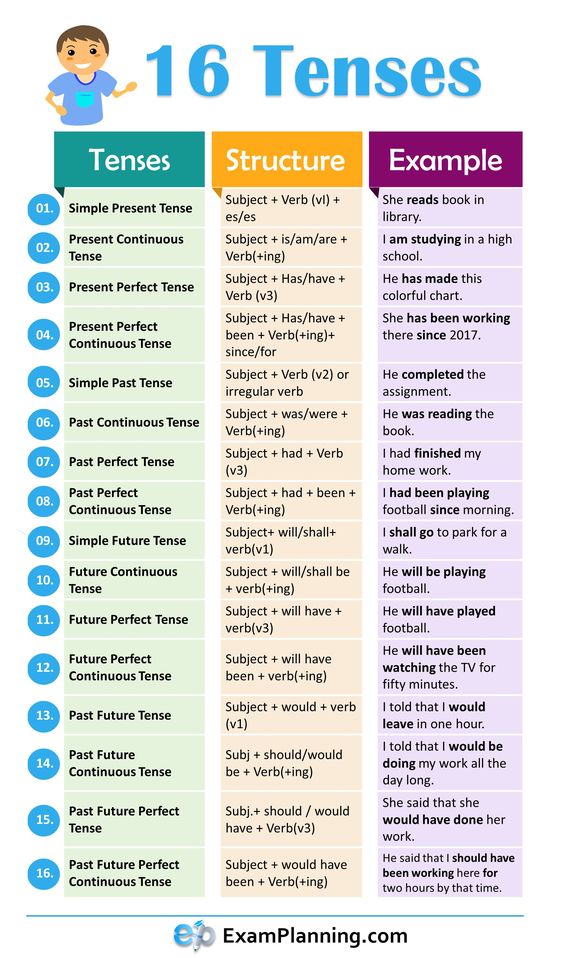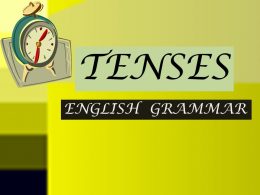About ARRIVING IN, AT or IN
One of the typical mistakes students make is using the preposition “to” with the verb “arrive”.
For example: *We arrived to London”.
The preposition “to” can never follow the verb “arrive”, because it is a preposition of movement and the verb is not. Instead of “to”, we can use “at” or “in”, but, when should we use one or the other? The answer is easy:
We use “at” when we get to a small place such as an airport, station or village.
Ex.: The children arrived AT school quite late.
We use “in” when we get to a large place such as a country or a city.
Ex.: The Vikings arrived IN Britain in the 8th century.
Sometimes it’s not so easy and you can find examples like:
They arrived AT Cardiff
Being Cardiff a big town, “in” should have been used, but “at” is correct because we actually mean arrive AT Cardiff station or airport.
(Thanks to Cristina Salgarello)
Some tips about English tenses
Here is a useful link where you’ll find some tips to understand and learn English tenses!
Passive Voice…
liveworksheets.com
BE vs HAVE GOT
liveworksheets.com
Present Simple & Continuous – Past Simple & Continuous
liveworksheets.com



